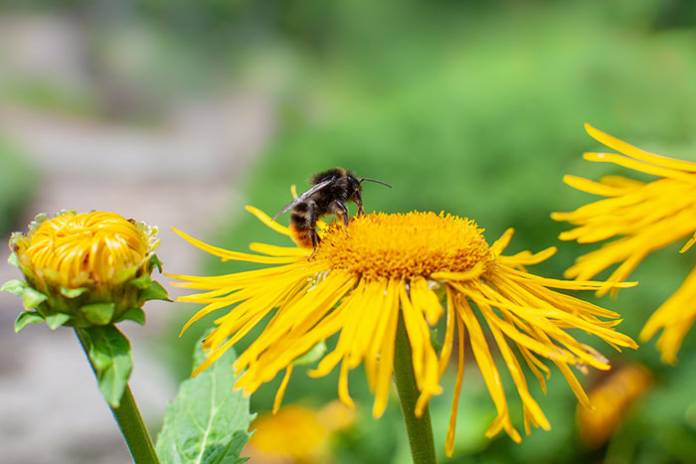
A study published in the journal Science indicates that climate change is to blame for the phenomenal decline in bumblebee populations across North America and Europe. The research shows that it is 46% less likely to see a bumblebee in North America today than it was in the 1970s and 17% less in Europe.
The study’s lead author, Peter Soroye, a Ph.D student at the University of Ottawa, said drier conditions and hotter climates are making bee colonies die off. He said bees prefer cool and wet climates to thrive and also excel at their task of crop pollination. He warned that bumblebees could become extinct in the next few decades if proactive measures are not taken to protect them.
“We found that populations were disappearing in areas where the temperatures had gotten hotter,” Soroye said. “If declines continue at this pace, many of these species could vanish forever within a few decades.”
Dr. Tim Newbold of the University College London’s Centre for Biodiversity and Environment Research stated that bumblebees will continue to decline rapidly in the face of accelerated climate change except efforts are doubled to reduce climate change.
“Our findings suggest that much larger declines are likely if climate change accelerates in the coming years, showing that we need substantial efforts to reduce climate change if we are to preserve bumblebee diversity,” Newbold said.
While reducing global warming is key to preserving bumblebee diversity, the researchers said studying how bees pollinate flowers might be key in predicting their extinction risks. They added that this could be developed into a model to identify areas where conservation efforts could be applied.
Professor Jeremy Karr of the University of Ottawa said the killing effects of climate change on bee populations could be reduced if natural habitats are created to shelter the bees. For instance, shrubs and slopes and trees could be created to provide shelter from day heat on bees. He added that reducing carbon emissions on all fronts will also go a long way in addressing climate threats.
The authors of the study made use of data gathered over 115 years on 66 species of bumblebees across North America and Europe to create simulated “climate chaos” conditions for the research. Then they analyzed how bee populations changed over the decades in terms of where they were in the distant past to where they are now. They concluded that “species’ historically observed tolerances” have dropped as a result of overwhelming temperatures.
Source:
https://www.newser.com/story/286647/its-getting-much-harder-to-see-a-bumblebee.html











